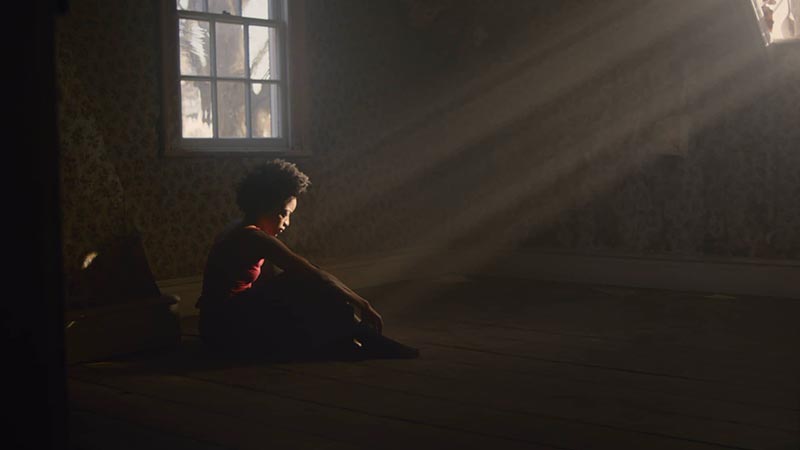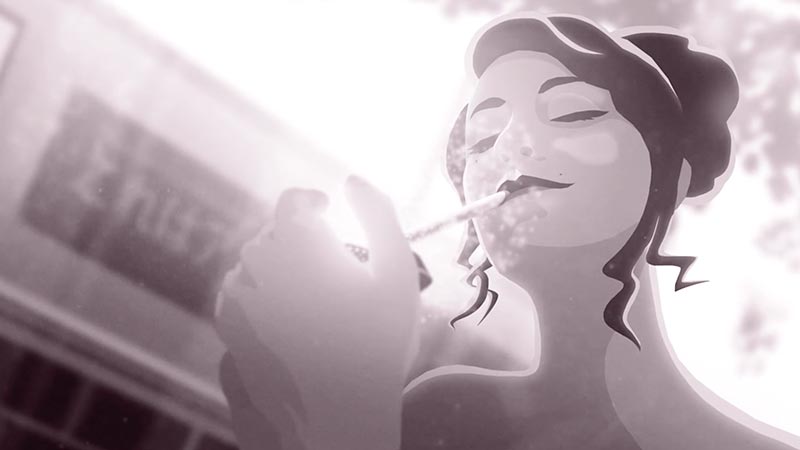A retelling of Meshes of the Afternoon (1943), Maya Deren’s formative avant-garde film, a psychogeographical journey through the shifting landscape of a woman’s home, mutating between experience, imagination, and causation in a recursively developing labyrinthine vision.
Directors’ Vision for ‘Meshes of the After’
Inspired by Maya Deren’s pioneering catalog of films, we started to explore the insights and meditations of Meshes of the Afternoon, a work which articulates and demonstrates cinema’s ability to reflect the recursive nature of reality and perception through the possibilities of cinematic time, movement as a function of cinema-time-and-space, both geographically and as mise-en-scene.
The lens serves as discoverer, catching the illumination of the undulating and malleable experience of the meta-physical via the immediate, factual experience of our physical embodiment. She turns off the record player. She picks up a knife. The phone is left off the hook.
The modulating presence of recurring domestic objects in the film creates an iconography for the collective unconscious, shared on screen and in our minds. Incorporating Carl Jung’s writings on dreams, the collective unconscious, and the integration of the shadow self opened for us a personal, alternate reading (and telling) of Maya’s original form.




